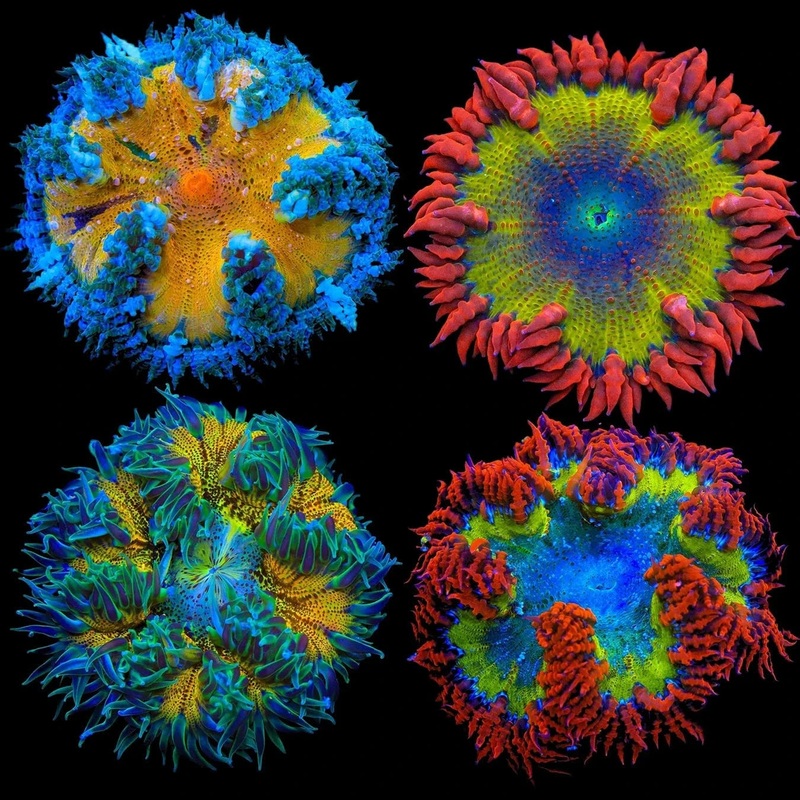 Sale!
Sale! Ultra Grade Rock Flower Anemone
- $119.99
- $60.00
Introduction to AnemonesBubble Tip Anemones are captivating invertebrates known for their flowing tentacles and ability to host clownfish. Unlike corals, they lack a rigid skeleton and rely on a muscular foot to attach to surfaces, allowing them to move an
- 100% Happiness Backed or Your Money Back
- Free Delivery on 30+ Orders
- 60-Day Hassle-Free Returns
Introduction to Anemones
Bubble Tip Anemones are captivating invertebrates known for their flowing tentacles and ability to host clownfish. Unlike corals, they lack a rigid skeleton and rely on a muscular foot to attach to surfaces, allowing them to move and reposition as needed. Their ability to shift locations makes them unique but also requires careful placement in reef aquariums.
These anemones come in a variety of colors, including green, rose, and rainbow variations. Their vibrant hues and flowing movement make them a striking addition to any reef system, but they require stable water conditions and proper lighting to thrive.
While relatively hardy compared to other anemones, they can be sensitive to sudden changes in water quality. Due to their stinging tentacles and potential for movement within the tank, they should be introduced with care to avoid conflicts with other corals and invertebrates.
Natural Habitat and Origin
Bubble Tip Anemones (Entacmaea quadricolor) are found throughout the Indo-Pacific, including regions such as the Red Sea, Fiji, Indonesia, and the Great Barrier Reef. They inhabit reef slopes, lagoons, and rocky crevices, where they anchor themselves securely while extending their tentacles to capture food and interact with symbiotic species like clownfish.
Unlike some anemones that remain stationary, these have the ability to move when environmental conditions are not ideal. In the wild, they are often found in areas with moderate to high light exposure and gentle to moderate water flow, where they can extend their tentacles to maximize nutrient absorption and photosynthesis.
They play an important role in reef ecosystems by providing shelter for various marine species and contributing to biodiversity. Their ability to host clownfish creates a mutualistic relationship that benefits both the anemone and the fish, making them one of the most iconic species in the reef-keeping hobby.
Water Chemistry
Bubble Tip Anemones require stable and well-maintained water conditions to thrive. While they can tolerate slight fluctuations, sudden parameter swings can cause stress, leading to retraction, movement, or detachment from their anchoring point. In some cases, drastic changes in water parameters may trigger them to split as a survival response. Maintaining consistent water quality will help ensure long-term health and proper expansion.
Ideal Water Parameters:
- Calcium: 380450 ppm
- Alkalinity: 710 dKH
- Magnesium: 12501350 ppm
- Nitrates: 110 ppm
- Phosphates: <0.10 ppm
- Temperature: 7680F
- Salinity: 1.0241.026
These anemones thrive in environments with moderate nutrient levels. While they can handle slightly elevated nitrates, excessive nutrients can encourage unwanted algae growth, which may irritate their delicate tissues. Regular water changes and stable parameters will help keep them healthy and prevent unnecessary stress.
Lighting
Bubble Tips require moderate to high lighting to support their symbiotic zooxanthellae, which provide them with essential nutrients through photosynthesis. Without adequate light, they may shrink, lose color, or begin to wander in search of a better location.
Lighting Guidelines:
- PAR Range: 200350 for optimal health and expansion.
- Insufficient lighting can lead to bleaching or loss of coloration.
- Blue-spectrum lighting enhances fluorescence and helps maintain vibrant colors.
- Gradual acclimation to new lighting conditions is crucial to prevent stress.
At Top Shelf Aquatics, we keep these anemones under controlled lighting systems such as Ecotech Marine Radions and T5 fixtures to ensure healthy growth and coloration. When introducing them to a new tank, placing them in a well-lit area and allowing them to settle naturally will help determine their preferred placement.
Water Flow
These anemones prefer moderate, indirect water movement that allows their tentacles to sway naturally without being blasted by strong currents. Proper flow helps deliver nutrients, remove waste, and prevent detritus from settling on their delicate tissues. However, excessive turbulence can cause them to retract or relocate.
Water Flow Guidelines:
- Moderate, indirect flow encourages proper expansion and movement.
- Strong, direct currents can cause them to retract or move in search of a more suitable location.
- Randomized flow patterns created by adjustable pumps or wave makers help simulate natural reef conditions.
- Powerhead guards are recommended to prevent them from getting caught in pumps if they decide to move.
What We Feed
These anemones rely on their symbiotic zooxanthellae for much of their energy, but they also benefit from supplemental feeding. Providing them with meaty foods enhances growth, supports coloration, and ensures they receive the necessary nutrients to thrive.
Feeding Guidelines:
- Offer small meaty foods such as mysis shrimp, krill, or finely chopped seafood.
- Feed 12 times per week to promote growth and maintain health.
- Target feeding with a turkey baster or pipette can help ensure they receive food without excessive waste.
- Avoid overfeeding, as uneaten food can degrade water quality and lead to algae issues.
At Top Shelf Aquatics, we feed a mix of mysis shrimp, finely chopped seafood, and Tisochrysis, Rhodomonas, and Tetraselmis phytoplankton strains to ensure optimal nutrition.
Common Challenges
- Wandering Around the Tank: Searching for better lighting, flow, or placement.
- Bleaching: Insufficient lighting, sudden parameter changes, or prolonged stress.
- Shrinking or Failing to Expand: Poor water quality, excessive flow, or lack of nutrients.
- Melting or Deterioration: Severe stress, bacterial infections, or exposure to toxins.
- Splitting Too Frequently: A response to environmental stress, such as sudden parameter swings or changes in lighting.
Cost:
$25
Free Shipping:
We offer free shipping on orders over $30. Please check the free - shipping eligibility at checkout.
Delivery Time:
It usually takes [3-5] business days for standard shipping. Please note that this is an estimated time frame and may be affected by local holidays, and unforeseen circumstances.


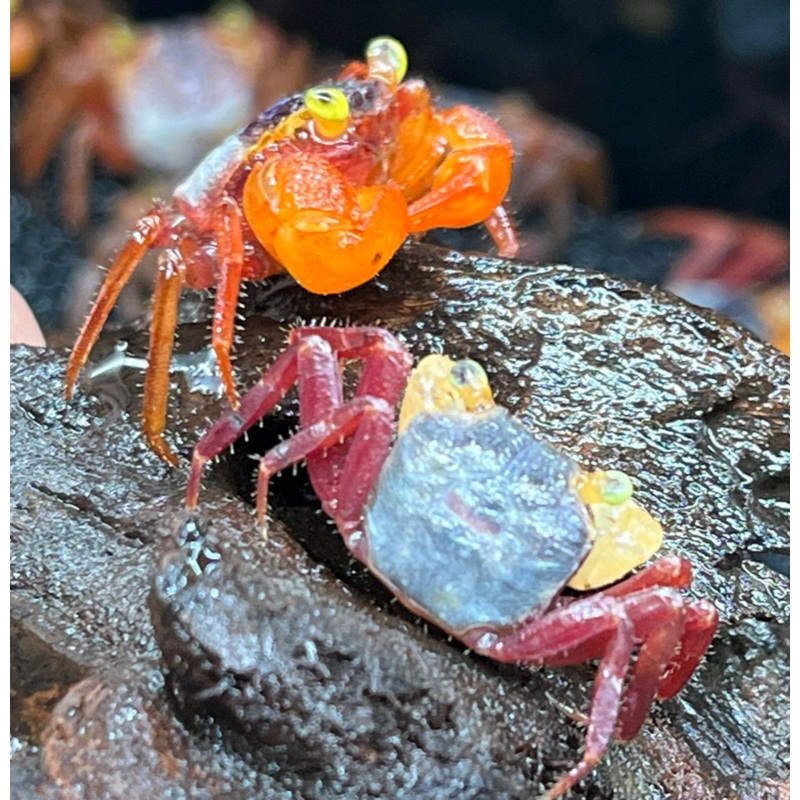
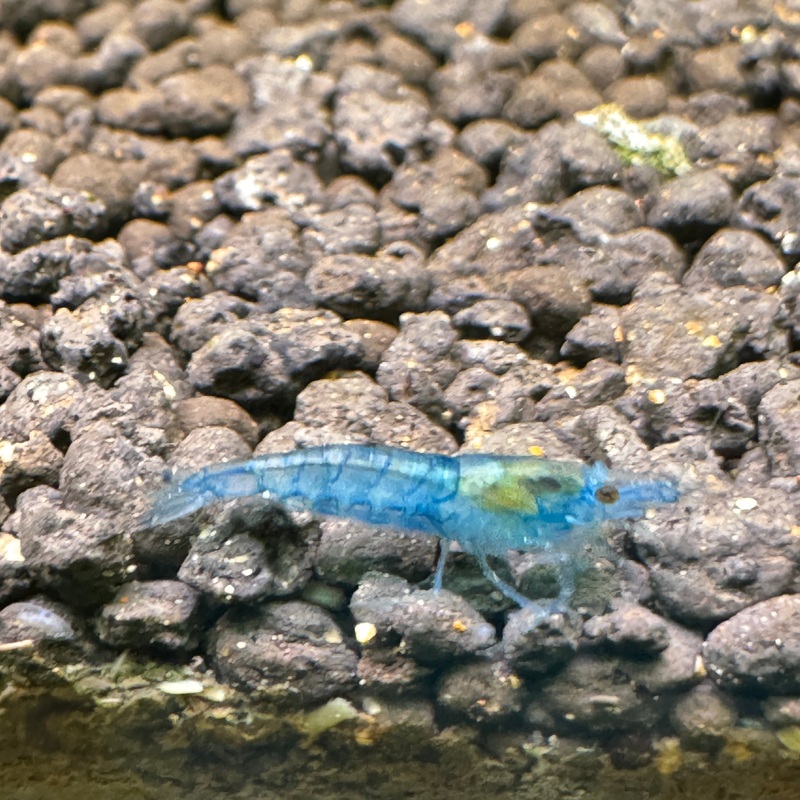
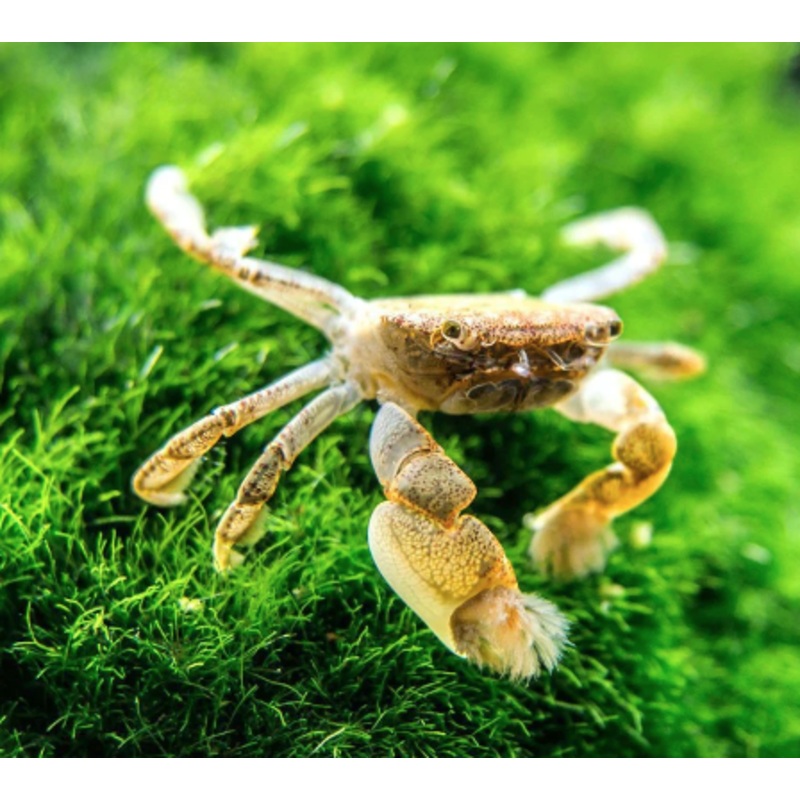
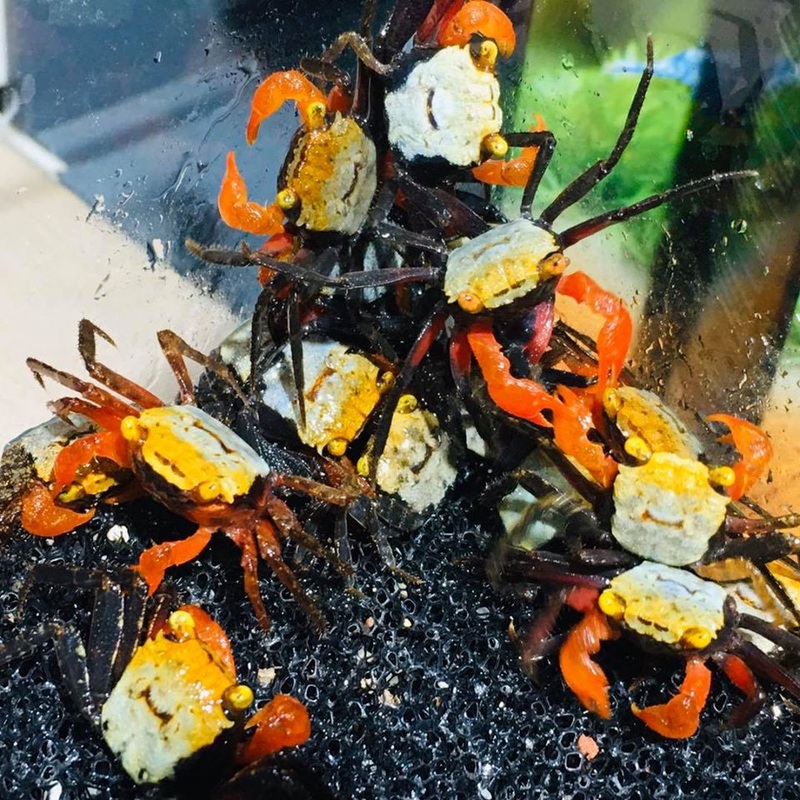
Reviews
There are no reviews yet.